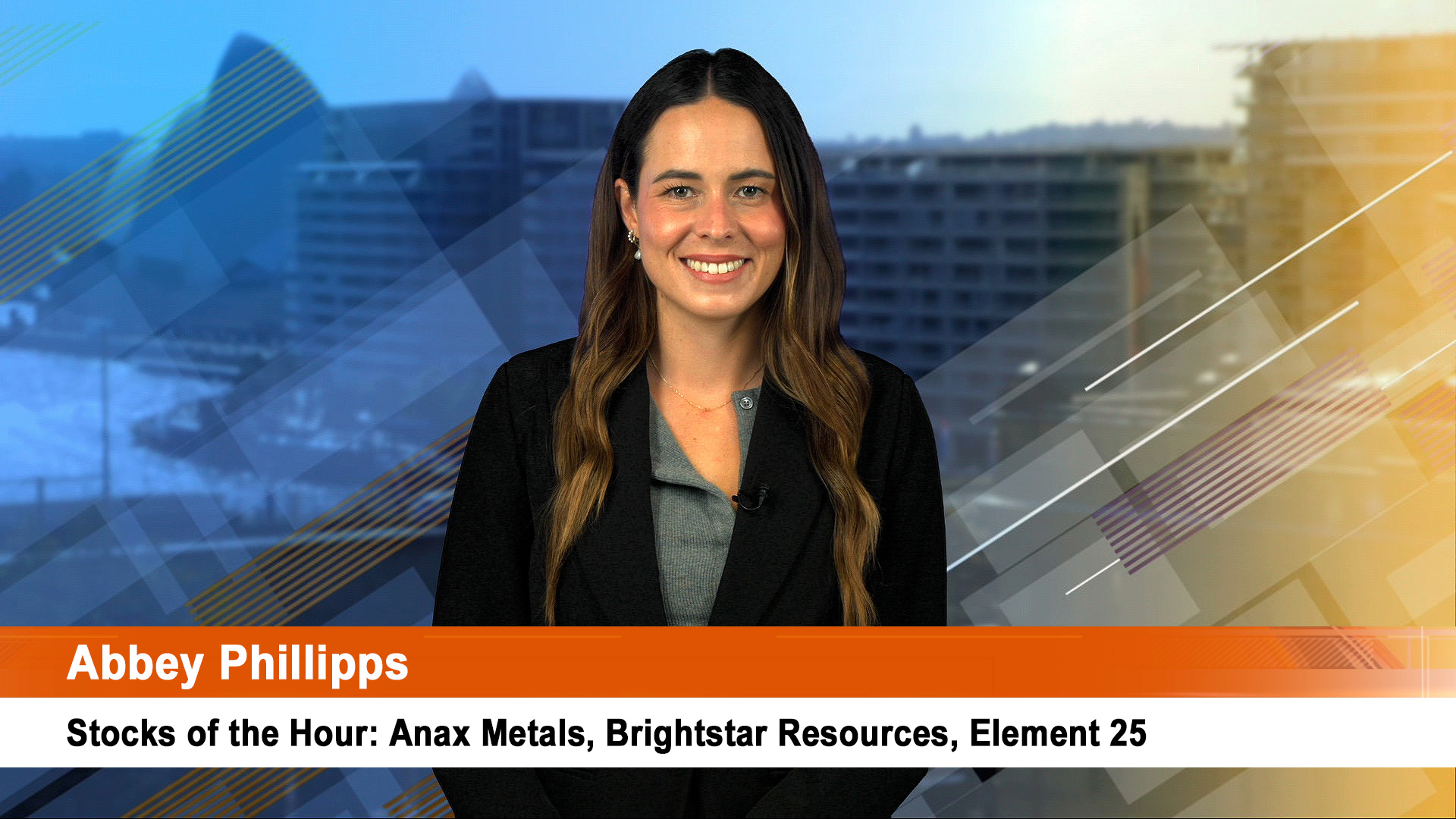The Federal Government remains confident that the stronger Australian dollar won’t force it to cut spending any more than it has already forecast.
That’s despite the stronger dollar cutting four year revenue estimates by just over $8 billion.
Media reports from last weekend to this morning of cuts of up to $10 billion didn’t eventuate as the government said faster economic growth and a lower jobless rate this fiscal year will make up for the shortfalls.
The government cut its forecast for a budget surplus in 2012-13 to $3.1 billion, lopping $400 million from the total estimated by Treasury in July, prior to the election.

‘‘Despite the global uncertainty and the impact of a higher Australian dollar on revenues, the update shows the budget remains on track to return to surplus in 2012/13 – well before any major advanced economy,’’ Treasurer Wayne Swan said in a statement releasing the Mid-year Economic and Fiscal Outlook.
The economy will grow faster this year than forecast even in July, driving unemployment lower and inflation higher.
The $8 billion plus cut to projected revenues for the next four years forms the largest part of the overall revenue fall of $9.7 billion, including a $3.1 billion reduction in revenue from the early stages of the Minerals Resource Rent Tax.
The Treasury raised Australia’s expected economic growth in the current 2011 financial year from July’s 3% in July to 3.25%, with unemployment forecast to fall further to 4.75%, rather than 5% forecast in the Pre-Election Economic and Fiscal Forecast, and 4.5% in 2011-12.
"The Australian economy is expected to grow at an above-trend rate over the next two years, with real GDP forecast to grow by 3¼ per cent in 2010-11 and 3¾ per cent in 2011-12.
"As fiscal stimulus is withdrawn, private-sector led growth is taking hold, with business investment and commodity exports emerging as the key drivers of growth.
"The withdrawal of the fiscal stimulus started to detract from economic growth in the March quarter 2010, and is expected to reduce real GDP growth by 1 percentage point in 2010-11 and ½ of a percentage point in 2011-12," the Review estimated.
Forecasts and projects for 2011-12 and the subsequent two years remain the same, but inflation is expected to rise to 3% in 2011-12, rather than the previously forecast 2.75% (Treasury said "the risks are on the upside." insofar as inflation is concerned).
That’s a view the Reserve Bank wouldn’t disagree with and why it raised interest rates last week. In fact its clear from the review that Treasury has moved much closer to the RBA’s way of thinking on the economy.
Despite the fall in unemployment, however, Treasury forecasts the wage price index to grow at the same rate as previously forecast, 3.75% this year and 4% next.
The RBA might not agree with that forecast, even though growth in private sector wages have been running behind those in the public sector (Governments approaching election campaigns, state and Federal).
The central bank is worried wages will start rising more quickly next year as the labour market tightens.
The impact on revenue means an $800 million rise in this year’s Budget deficit to $41.5 billion, a rise of $1.9 billion in 2011-12, a small fall in the forecast surplus in 2012-13 from $3.5 billion to $3.1 billion, and another fall in 2013-14 to $3.3 billion.
The higher growth will be sourced almost entirely from our terms of trade, which are now running at an annual increase of 20% instead of 14.5% forecast earlier in the year.
The review says over the year to next June, the terms of trade are projected to grow by 15½% "before falling by 4½ per cent in 2011-12."
So 2011 will see a sharp fall in the terms of trade as global prices fall, along with those for short term contracts for iron ore and coal.
The mid-year forecast however is very gloomy about construction, seeing another very sharp fall in activity over the next two years.
The forecast for private dwelling investment of 7.5% this year has been cut to 4.5% (in 2009, it had been forecast to hit 11.5%) and another fall from 4% growth in 2011-12 to 3%.
That is bound to trigger another surge in house prices and rents.
Unlike construction, however, total business investment is forecast to grow even more strongly, however, from a Budget forecast of 7% to 8% this year.
"With previous investment in mining capacity and transport infrastructure already underpinning strong growth in commodity exports, the mining industry is planning an additional $55 billion of investment in 2010-11 — five times the level in the years leading up to the boom — primarily in the LNG and iron ore sectors.
"Investment intentions in the manufacturing and construction sectors have also improved as the outlook for the Australian economy has strengthened.
"Total new business investment is now expected to increase by 8 per cent in 2010-11 and 13 per cent in 2011-12, moving back towards 40-year highs as a percentage of GDP," the Review says.
Public spending is forecast to grow 1.5% this year, fall by 1.1% next year (driven by the end of stimulus programs), and grow 1% in 2012-13 and 1.6% the following year; all within the 2% limit the Government has set for itself.













